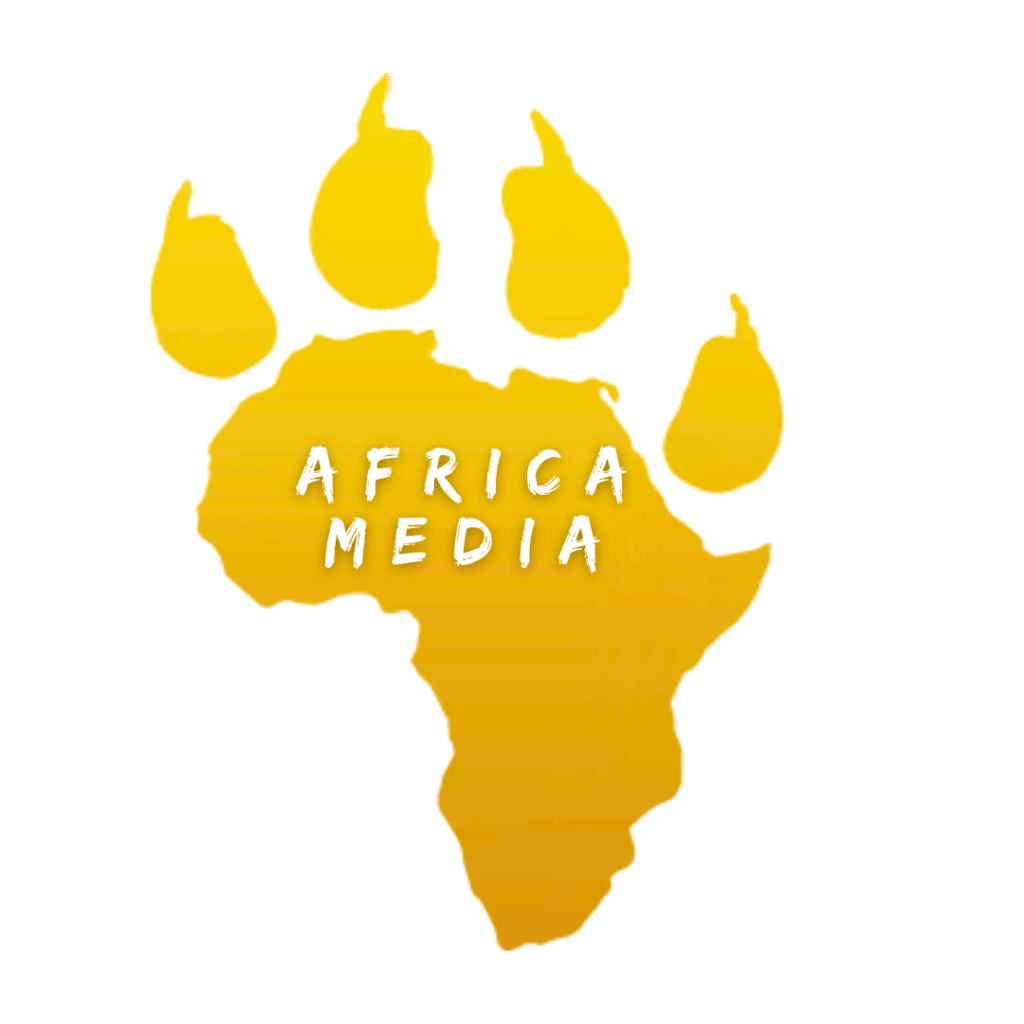
Finding a great story line: fundamentals of a wildlife film
There is nothing more important to a film than its story. The platforms of telling stories may have changed throughout the ages, however – its components have stayed the same. All good stories have characters, a setting, a plot, challenges, and some form of resolution. The range of stories that can be told with this formula is limitless. They can be very simple or incredibly complex and you will find them in every (good) story ever told.
Download FREE eBook featuring 18 International scholarships to fund overseas experience travel

When planning a film in pre-production, figuring out and fully understanding your story is crucial. Besides Cinema Verde directors, very few filmmakers go into production without understanding their desired story to the T. Now, this is where I often encounter the question; “how do I create a story on animals, when I don’t know how they will behave when I’m filming them?” This is a tricky question (and one that I often lose sleep over), however, with a bit of research you can gain a pretty good understanding of how most animals will behave. Even a basic understanding of your desired animal or topic will help you craft a story. As an example we’ll put together a basic lion documentary.
After doing some research on lions at the reserve we plan to film at during pre-production, we learn that there are a family of seven lions; a dominant male, two females and four cubs. To start off, we need to decide who the main characters are; and in this instance we chose the cubs. The conflict or problem in wildlife documentaries can be very simple to identify, and while studying our subjects we learn that the mortality rate in cubs is rather high. The conflict identified – cubs need constant protection, and keeping them alive can be very challenging. We then decided on a plot - the steps taken by the parents to protect their cubs. Finally, a simple but dramatic resolution was identified – will the parents be successful in their efforts to protect the cubs? The shots needed to visually present this story would then simply be the lions protecting the cubs, which can be filmed successfully at any reserve where there is a family of lions.
The entire storyline was decided in pre-production. Understanding your story in advance will help you enormously during production because you will already know what you need to film. You won’t waste time filming everything, scared that you might miss the money shot. You will be able to envision your shots and be able to identify it immediately. That then segues you to post production. Since you knew in advance what you needed to shoot, you won’t have heaps of extra footage to sort through when editing. All in all, having a clear idea of your story before you leave for production will make the entire process easier, and less stressful.
Credit to Frazer Riley, Africa Media Wildlife Film-making intern for making “Blood Brothers” and being my example on how to create a proper storyline in pre-production.
Blogger Profile - Ryan Johnson
Ryan is a well known wildlife film maker and shark biologist located in MosselBay, South Africa. His work is highlighted as researcher, television host, camera operator and scientist on shark and marine documentaries for international broadcastors including National Geographic Network.
Kickstart your wildlife media career!
Find your perfect wildlife media speciality program





